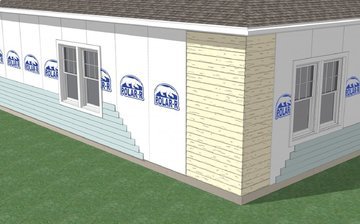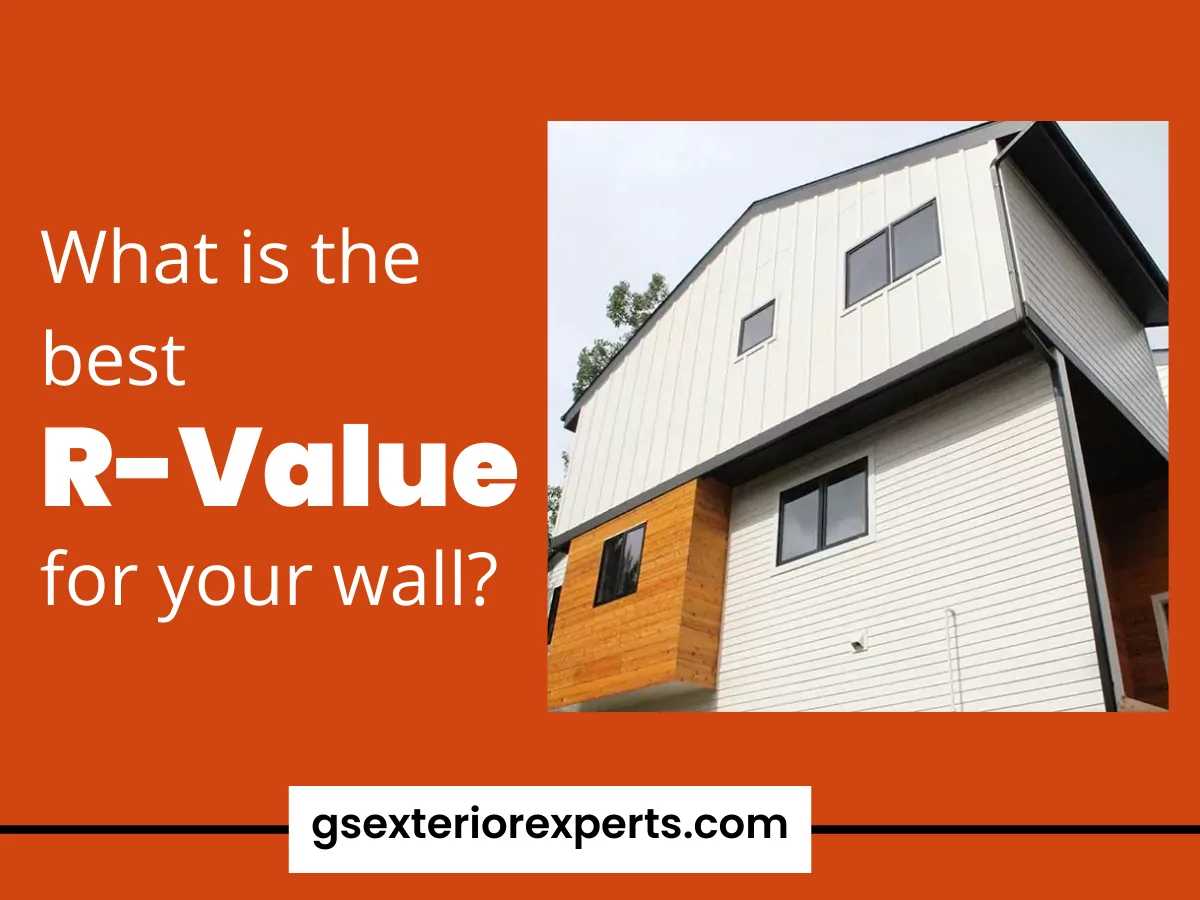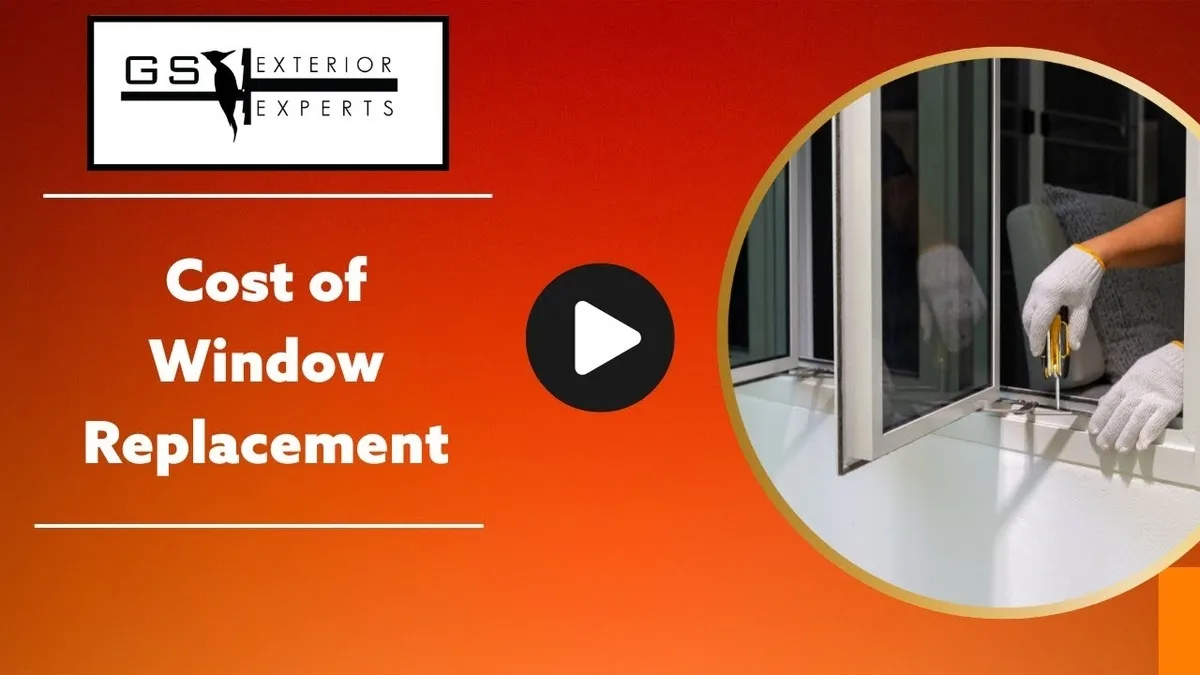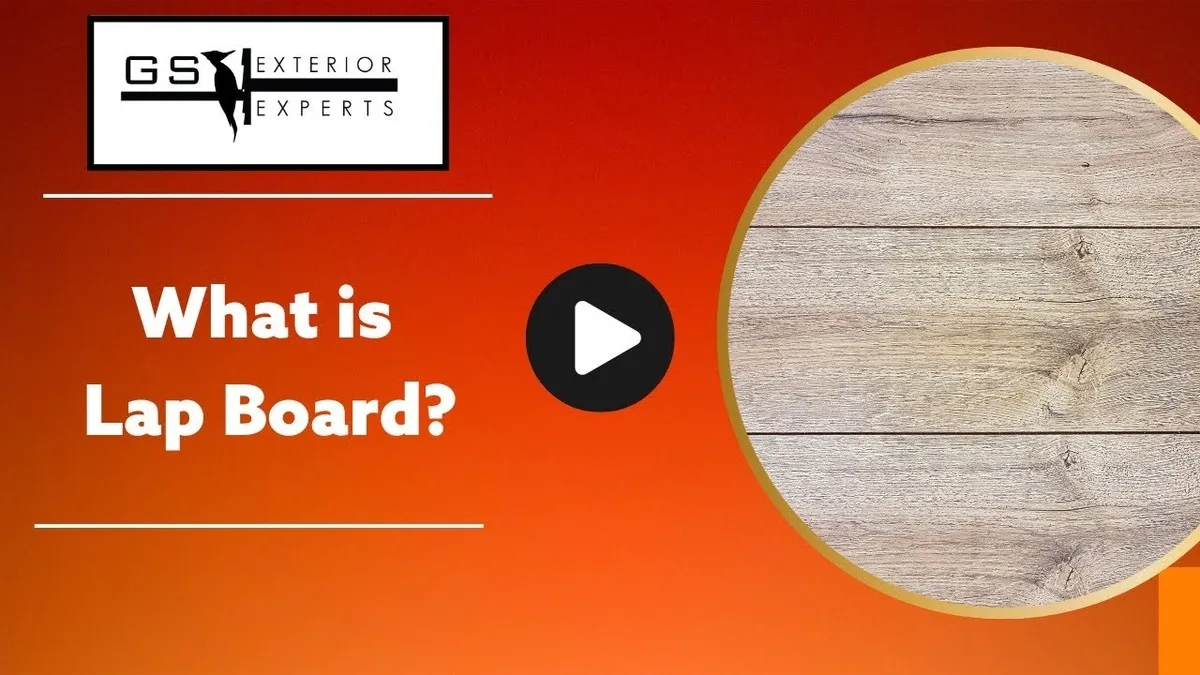Many older homes have inadequate exterior insulation. That creates a lot of problems, starting with high energy bills. However, if you’re re-siding your home, you have a great opportunity to add the insulation you need for a much more energy-efficient home.
Consumers are more aware than ever of the importance of energy efficiency. Insulation makers know this, so it’s not surprising that there’s a lot of misinformation out there about what insulation is energy-efficient and what is not. Here are some things you need to find out when choosing energy-efficient exterior insulation to re-side your home.
What Is the R-Value?

Listed somewhere in the technical data of any insulation you might use is a measurement called the R-value. The higher the R-value, the more energy efficient it is. Specifically, the R-value refers to how well the insulating material resists the flow of heat. The R stands for its resistance to heat flow. A high R-value is especially beneficial in winter, to keep the warm air inside your home and the cold air out. It also reduces heat flow in the opposite direction in the summer. So, when making comparisons, notice the R-value of each product you’re considering.
How Well Does the Insulation Retain Its R-Value?
R-value doesn’t necessarily stay constant over time. First of all, you’ll find different figures for colder weather and warmer weather. The R-value is higher at 75 degrees than it is at 40 degrees. You need to choose exterior insulation that will have an adequate R-value given the climate where your home is located. Since winters are cold in Colorado, anyone living there should have insulation with a high R-value at colder temperatures.
A second factor in R-value changes is that, in some types of insulation, the R-value will decrease over the years. While some of them will lose their R-value, products like ACH Foam-Control R-SHIELD siding underlayment maintains its R-value despite the exposure to extreme freeze-and-thaw cycles.
Thinking About Cost
Cost is always a factor in any home re-siding project. To get good insulation, you’re going to have to work that into your budget. The good news is that if you make the right choices, you can reduce your overall costs now and in the future.
You Might Not Need to Remove the Old
Some types of exterior insulation require that you remove the old exterior and start from scratch. Other types can be installed over the old exterior, which reduces your costs for materials and installation. Be sure to talk to your installer to find out whether this can work for your re-siding project.

Be sure to Figure in Long-Term Energy Savings
You might be able to save a few bucks in the short term by buying cheap, inadequate insulation when you re-side your home. Yet, if you want to lower your energy costs, poor insulation won’t cut it. In the long run, getting the best exterior insulation can save you money by lowering your energy bills every year. In the end, the best insulation pays for itself and you come out ahead.
Final Words
When you know all the facts about the exterior insulation you’re considering putting on your home, you can better judge which is the right one for your climate and your situation. If you want to explore the options and find out which type is right for your re-siding project, you can consult with our team at GS Exterior Experts.
Simply call us at (720) 683-6288 or use our convenient Contact Us form to leave us a message. GS Exterior Experts is focused on bringing the best in home improvement products and installations to customers in the Colorado area.




